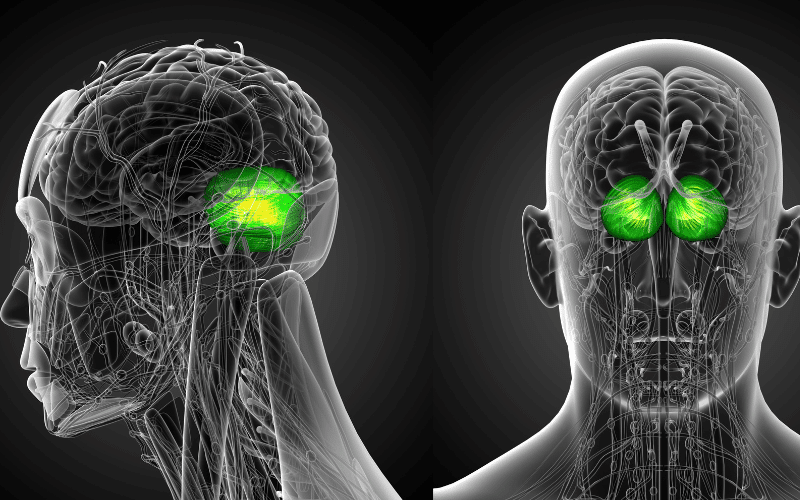Frequently Asked Questions about Spinocerebellar Ataxia

1. What is the cause of spinocerebellar ataxia?
Spinocerebellar ataxia (SCA) is a genetic disorder. It’s caused by mutations in specific genes that affect the normal functioning of neurons in the cerebellum, a part of the brain that controls coordination and movement.
2. How is spinocerebellar ataxia diagnosed?
Diagnosis of SCA typically involves a combination of neurological examinations, family history, and genetic testing. Neurological tests assess the patient’s balance, coordination, reflexes, and other physical aspects. Genetic testing can confirm the presence of specific gene mutations linked to SCA.
3. Can spinocerebellar ataxia be cured?
As of now, there’s no cure for SCA. However, there are treatments available that can help manage the symptoms and improve quality of life. These treatments may include physical therapy, medication for symptom management, and adaptive devices.
4. Is spinocerebellar ataxia a form of multiple sclerosis?
No, SCA is not a form of multiple sclerosis (MS). While both conditions affect the nervous system and may share some similar symptoms, they are distinct disorders with different causes and progression patterns.
5. How common is spinocerebellar ataxia?
The prevalence of SCA varies globally, with an estimated 1 to 5 individuals per 100,000 affected. The frequency can also vary depending on the specific type of SCA, as there are over 40 identified subtypes.
6. Can spinocerebellar ataxia be prevented?
Because SCA is a genetic disorder, it can’t be prevented if an individual inherits the defective gene. However, genetic counseling can provide valuable information to prospective parents with a family history of SCA about the risks and management of the condition.
Conclusion: Unpacking the Complexity of Spinocerebellar Ataxia
In dissecting the multifaceted nature of spinocerebellar ataxia, it’s clear that this disorder paints a diverse symptomatology landscape, weaving together a tapestry of physical and emotional challenges. From uncoordinated movements to depression, SCA imprints itself on nearly every facet of an individual’s life, challenging their adaptability, resilience, and strength. The 15 symptoms highlighted provide a profound insight into the world of an individual living with SCA, unveiling the day-to-day struggles often hidden behind the medical terminology.
However, understanding these symptoms isn’t merely about acknowledging the hardships. It is also a call to action for medical professionals, researchers, caregivers, and society as a whole. By shining a spotlight on these symptoms, we foster a deeper understanding of SCA, paving the way for enhanced patient care, targeted research, and ultimately, a potential cure. While we may not yet have all the answers, one thing is certain – no individual with SCA should feel alone. By bridging gaps in knowledge, fostering empathy, and advocating for those affected, we can change the narrative around spinocerebellar ataxia, turning awareness into action, one symptom at a time.